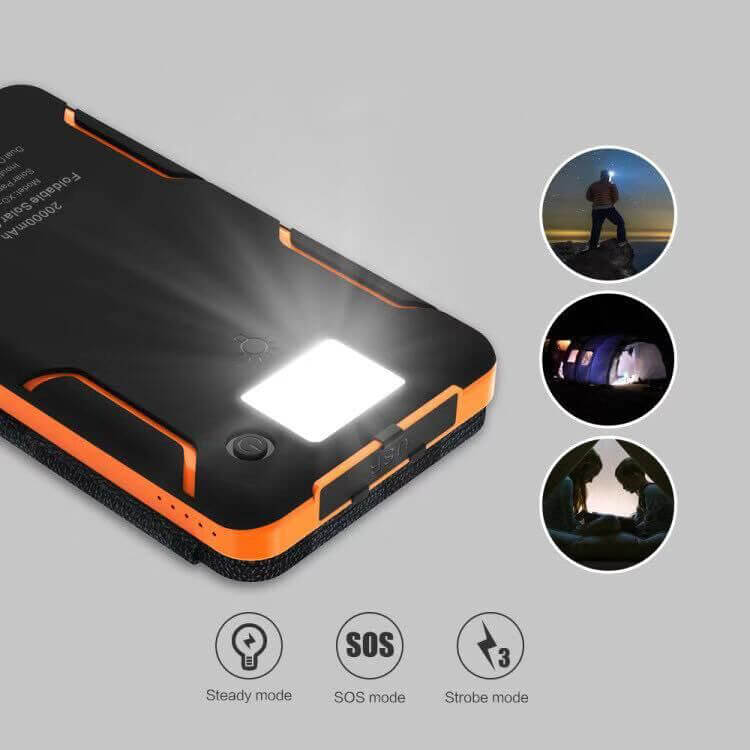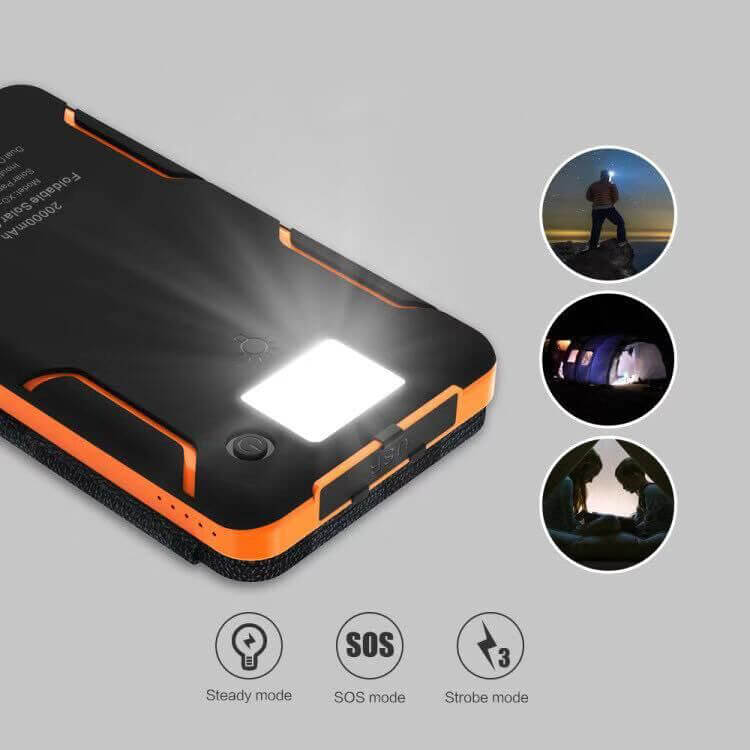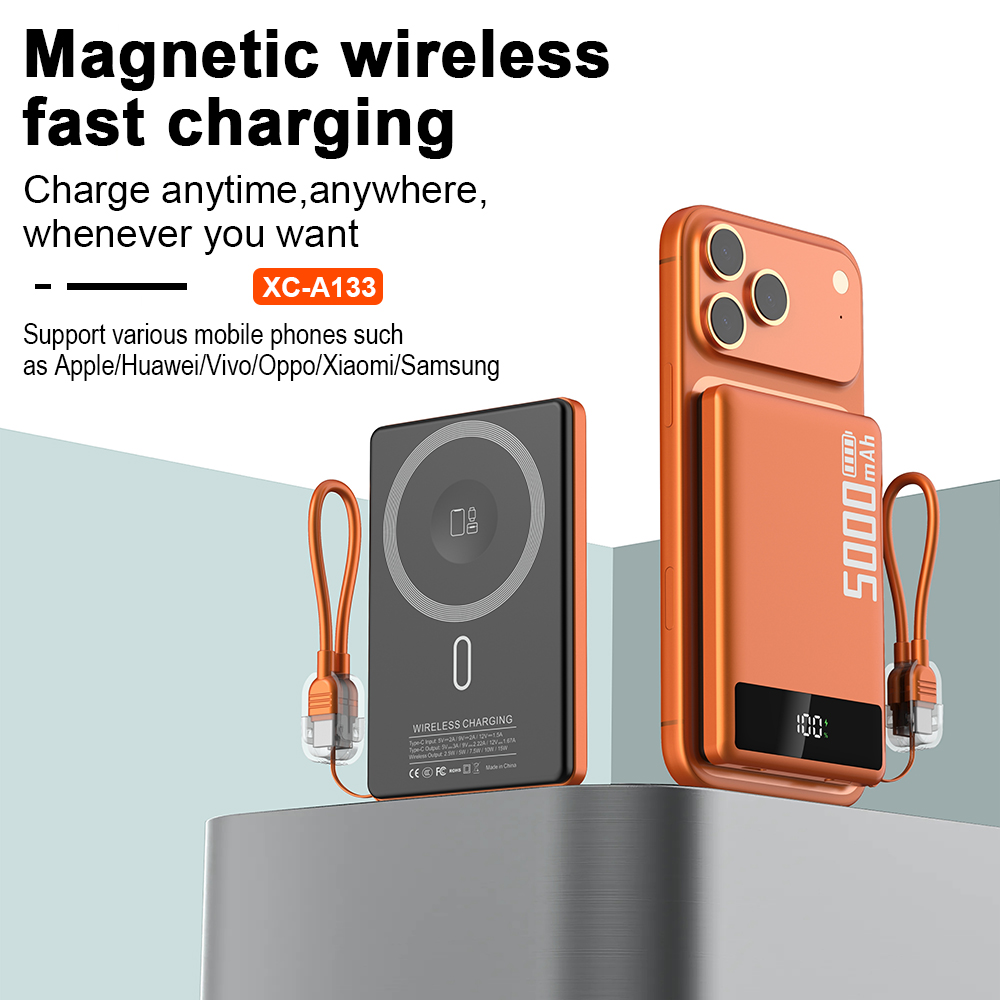Solar charging principle


Renewable energy has become an increasingly important topic in recent years, with solar power being at the forefront of this movement. The solar charging principle harnesses the energy from the sun and converts it into electricity, offering a sustainable and eco-friendly solution. In this article, we will delve into the details of how solar charging works and explore its various applications and benefits.
Understanding Solar Charging
Solar charging, also known as photovoltaic charging, revolves around the conversion of sunlight into electrical energy. This process is made possible through the use of photovoltaic (PV) cells, which are composed of semiconductor materials such as silicon. When sunlight hits the PV cells, it excites the electrons within the material, creating a flow of electricity.
These PV cells are typically arranged in solar panels, which can be installed on rooftops, in open fields, or even integrated into portable devices. The generated electricity can be used immediately or stored in batteries for later use. This versatile technology has widespread applications across various industries and sectors.
The Working Principle
The working principle of solar charging can be broken down into four simple steps:
1. Absorption
When sunlight reaches the solar panels, it is absorbed by the PV cells. The photons present in the sunlight strike the surface of the cells, transferring their energy to the electrons within the semiconductor material.
2. Electron Excitation
As the photons' energy is transferred to the electrons, they become excited and break free from their atomic bonds. This creates a flow of electrons, establishing an electric current within the PV cells.
3. Current Generation
The flow of electrons creates an electric current that can be harnessed for various purposes. This current is then collected and directed towards an inverter, which converts the direct current (DC) into alternating current (AC) that can be used to power electric devices.
4. Electricity Utilization and Storage
The AC electricity generated by the inverter can be used to power homes, offices, and other electrical appliances. In cases where the demand for electricity is lower than the energy generated, the excess energy can be stored in batteries for later use during periods of low solar activity or at night.
Advantages and Applications
Solar charging offers numerous advantages and has a wide range of applications:
1. Renewable and Sustainable
The primary advantage of solar charging is that it relies on a renewable and virtually inexhaustible energy source - the sun. Unlike fossil fuels, which contribute to environmental degradation and climate change, solar charging is a clean and sustainable solution.
2. Cost-effective
While the initial investment for installing solar panels may seem high, the overall cost of solar charging is significantly lower in the long run. The energy generated from the sun is free, reducing or even eliminating monthly electricity bills.
3. Remote Power Supply
Solar charging can provide electricity in remote areas where traditional power grids are inaccessible or impractical. This is particularly beneficial in disaster-stricken regions or rural communities, improving their quality of life and enabling access to essential services.
4. Portable Devices
Solar power is also employed in portable devices such as solar-powered chargers for smartphones, tablets, and other gadgets. This allows users to recharge their devices on the go, even in outdoor environments, without relying on electrical outlets.
Conclusion
The solar charging principle harnesses the power of the sun to generate electricity through photovoltaic cells. This technology offers a clean, sustainable, and cost-effective solution for meeting our energy needs. Whether it's powering homes or providing electricity in remote areas, solar charging has the potential to transform our energy landscape while reducing our environmental impact.




